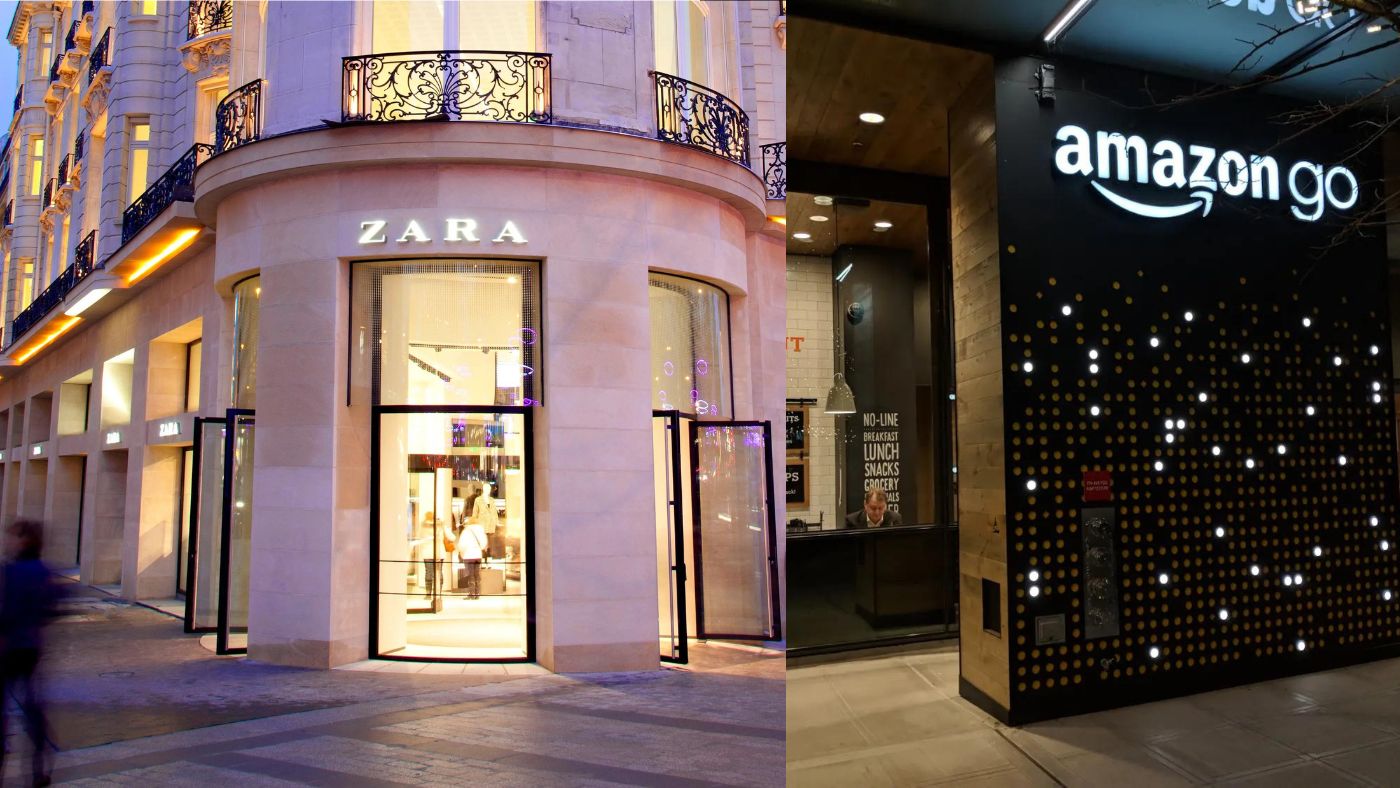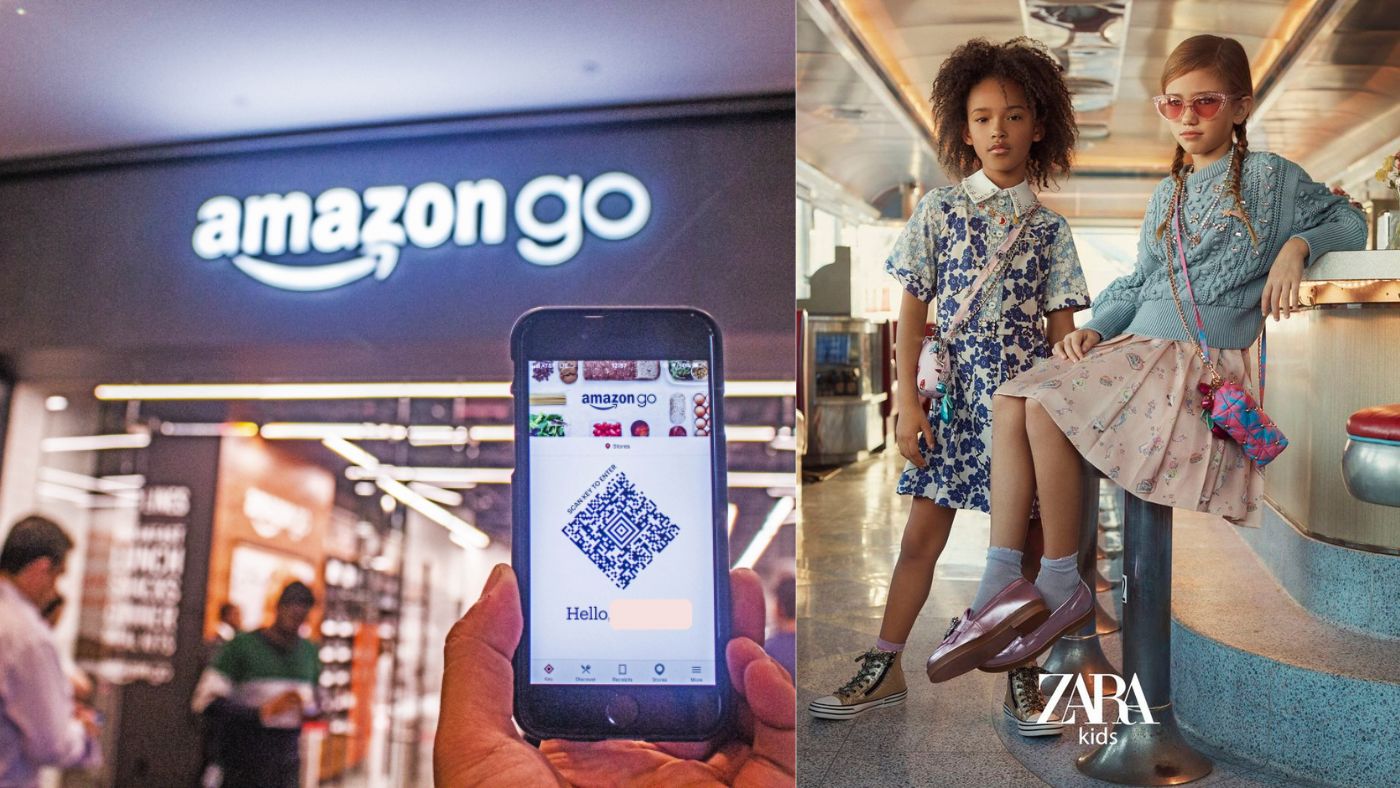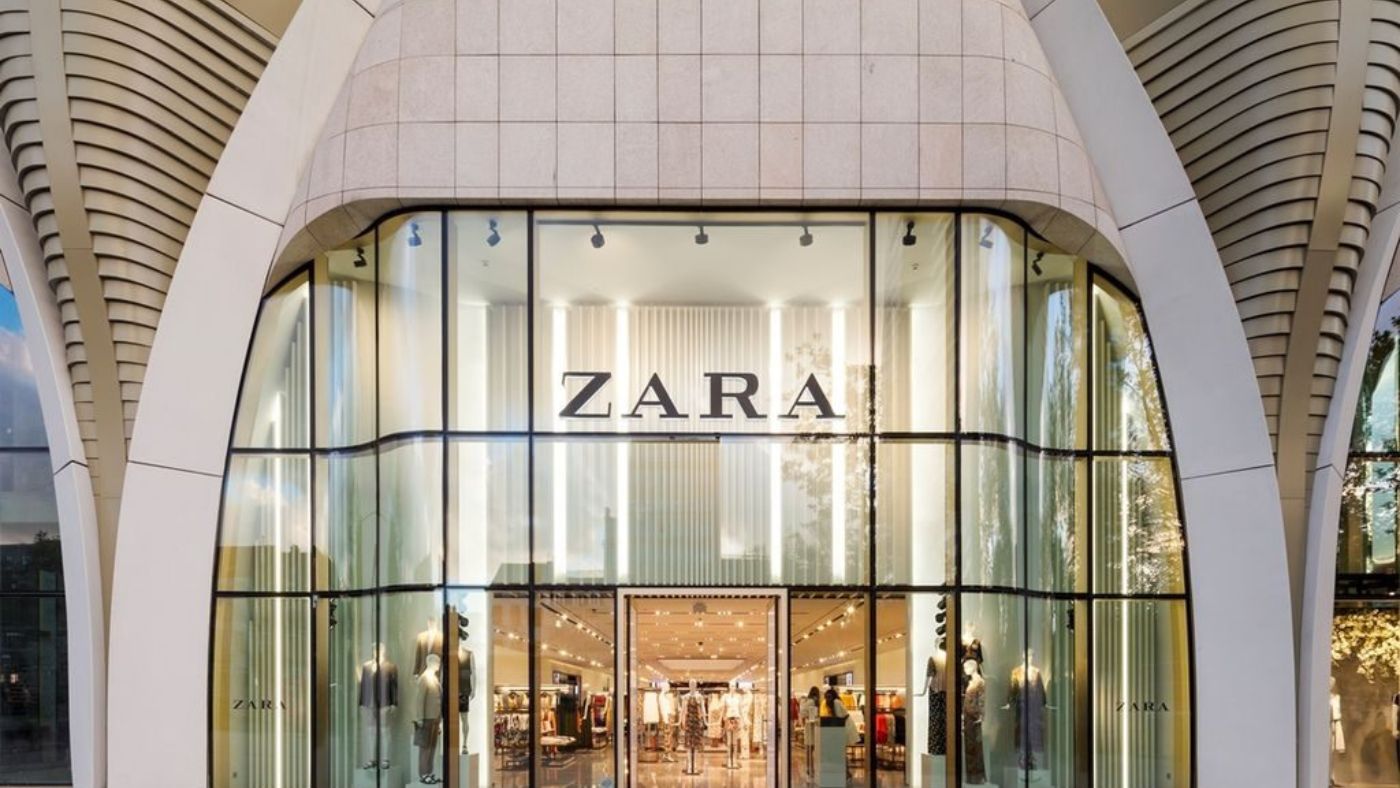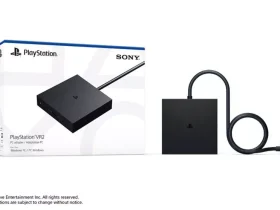As consumers globally seek more engaging purchasing experiences, livestream shopping is gaining traction internationally.
For example, Zara is reportedly expanding its live shopping to the United States, United Kingdom, and Europe after experiencing increased sales from its streams in China.
In April, Amazon introduced an Amazon Live streaming channel on its Prime Video and Freevee platforms, featuring shoppable content with celebrity talent.
“[We’re] making shoppable entertainment more accessible, interactive and engaging than ever before,” Wayne Purboo, vice president of Amazon Shopping Videos, stated.
The previous month, Alizila, the news hub of Chinese multinational retail giant Alibaba, announced that AliExpress was incorporating shoppable livestreams from U.K. influencers into its content slate, aiming to boost the adoption of this purchasing channel in the country.
Consumers, on their end, desire more entertaining shopping experiences, according to the “How Connected Devices Enable Multitasking Among Digital-First Consumers” edition of the PYMNTS Intelligence “How We Will Pay” report.
The study surveyed over 4,600 U.S. consumers and found that approximately 1 in 3 shoppers would like embedded shopping functionality to buy items seen onscreen while watching their favorite streamed series.

Additionally, nearly as many consumers want commercials with QR-code-enabled shoppability.However, livestreams may not be the preferred form of shoppable entertainment for U.S. shoppers.
Brands and retailers have noted that U.S. consumers’ engagement with livestream shopping has fallen short of expectations compared to shoppers in China, as Vincent Yang, co-founder and CEO of video commerce platform Firework, mentioned in an interview.
Instead, more static, evergreen shopping content is seeing greater growth.
“The reusability of livestreams is not very good, whereas with the shoppable videos, there’s no time duration for it,” he said.
While social media influencers affect consumers’ purchasing decisions, the U.S. market has not fully embraced buying directly from live videos as mainstream culture.
Many influencers still focus on pre-recorded content and sponsored posts, which can drive sales long after they are recorded, rather than live, interactive sales that are only relevant at the moment.

Meanwhile, more traditional forms of shoppable content are struggling. Qurate Retail, the parent company of QVC and HSN, reported in its earnings last month that revenues dropped 4% year over year in the first quarter.
Nonetheless, consumers are increasingly engaging with traditionally passive activities like watching movies, opening opportunities for shopping.
Evan Bregman, general manager of streaming at the food and lifestyle media company Tastemade, discussed this trend.
“In general, I’m of the belief that there’s really no such thing as a lean-back experience anymore,” Bregman said. “Even when you are sitting and watching the largest screen, you’re interacting with your second screen.”
The same How We Will Pay study found that among the 76% of consumers who use smart devices to multitask while engaged in leisure activities, roughly one-third do so to shop.






Leave a Reply